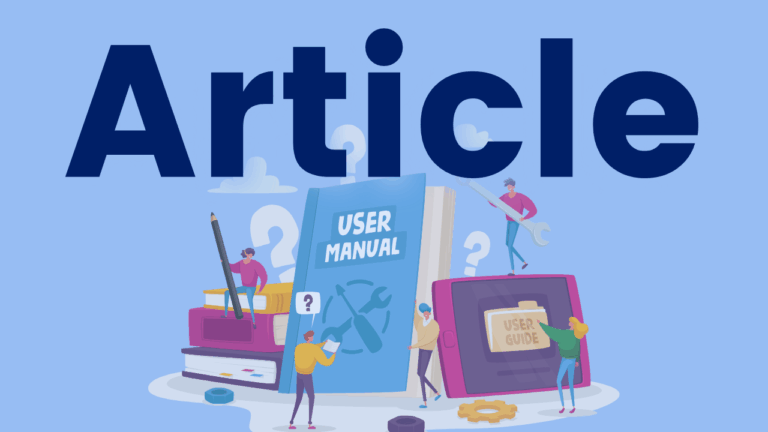Identifying Middle Phonemes
This is a lesson plan for the explicit instruction of isolating the middle sound in words.

This is a lesson plan for the explicit instruction of isolating the middle sound in words.

Use this lesson plan to explicitly teach students to identify the final sound in words.

This lesson plan outlines an instructional routine for explicitly teaching students to isolate the first sound in words.

This document provides a list of words for phonemic awareness instruction, with words carefully organized by number of sounds and stop/continuant sounds.

Curious to learn more about the nature of English phonemes and their production? This handout from the Colorado Department of Education unpacks consonant and vowel sounds.

Shira Naftel models and explains how phonemes are articulated in this Reading League video.

Susan Robison helps her students practice isolating ending sounds, or phonemes, using a roller coaster motion to help them hear all the sounds in a word.

Dr. Susan Brady summarizes what we know about effective phonemic awareness instruction in this webinar.

This is a short assessment to assess students’ mastery of phoneme segmenting and blending.

In this brief video, Jennifer Rogers works with her students on blending sounds into words.

This video shows a short instructional routine for teaching students to blend sounds.

This Reading Rockets article provides materials and resources for several activities to teach blending and segmenting. The authors provide research that supports the use of each of these activities.